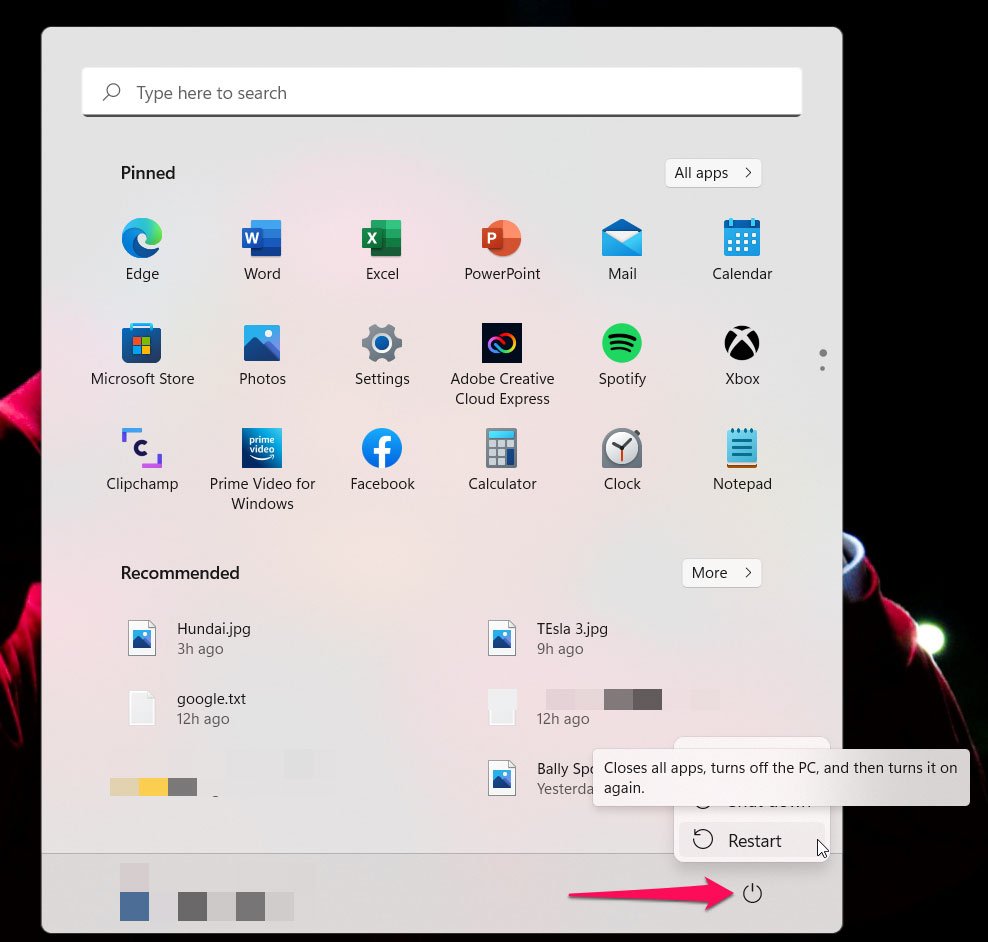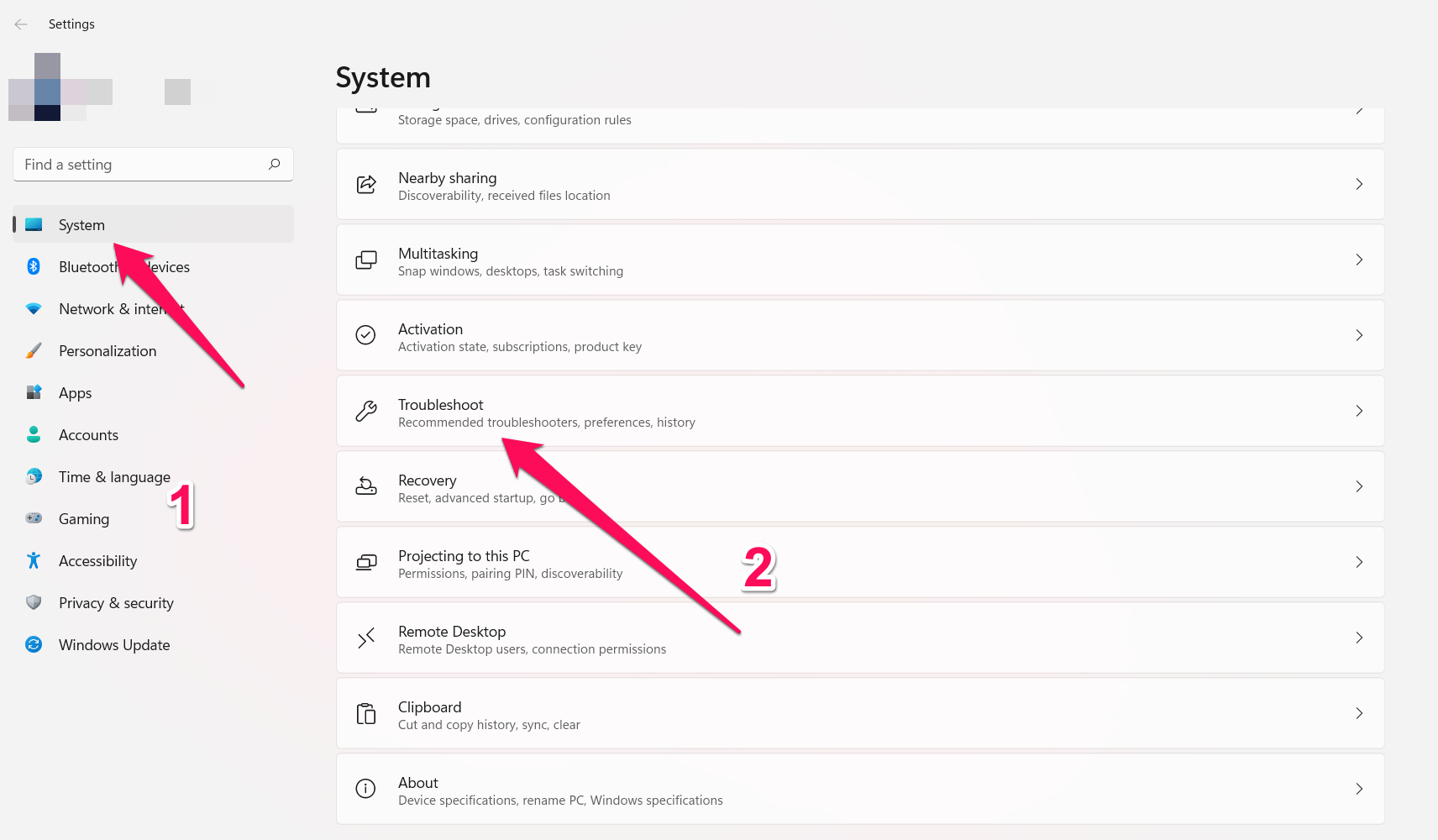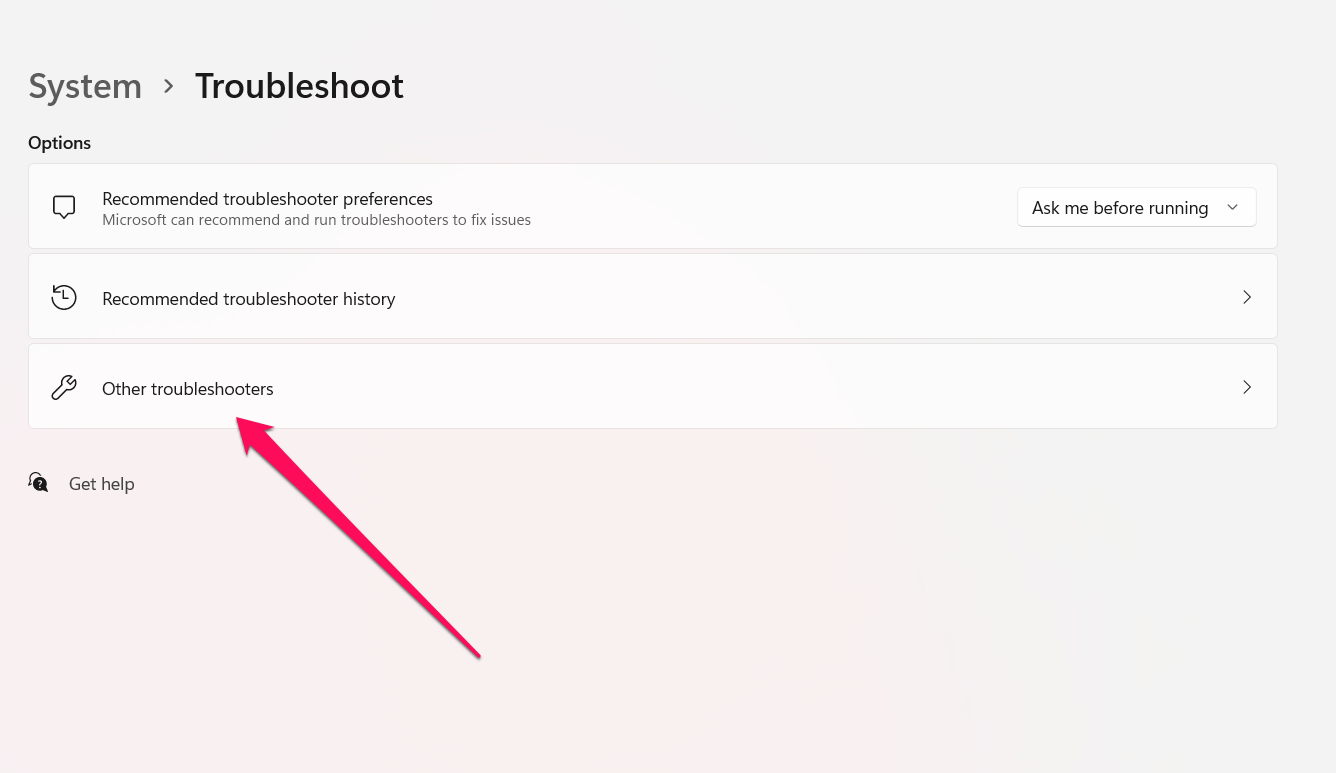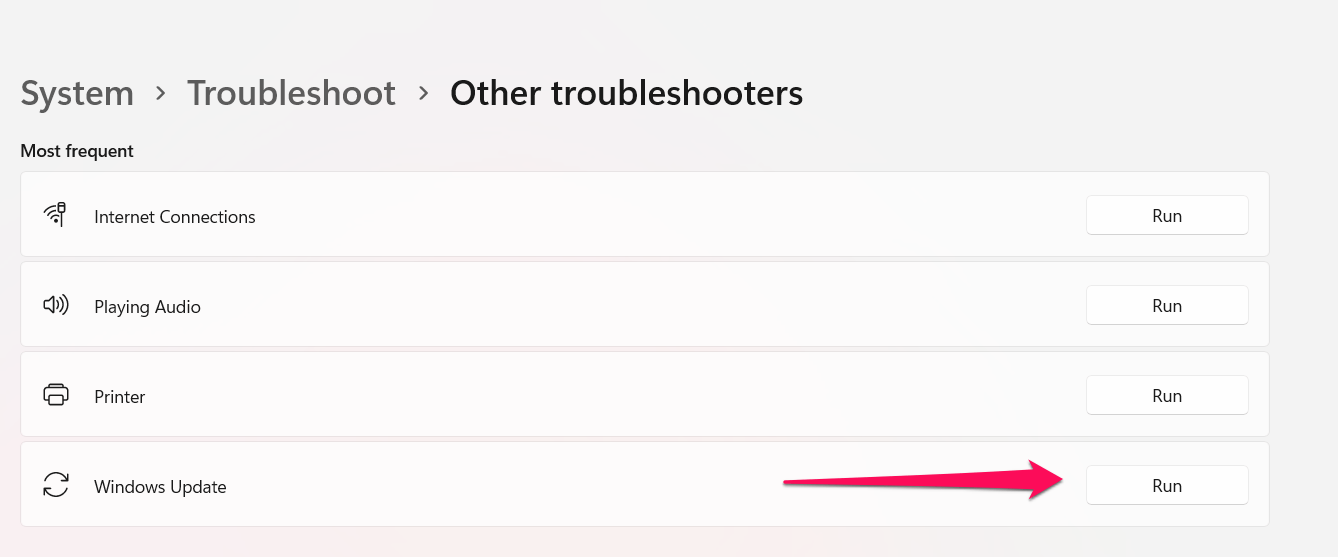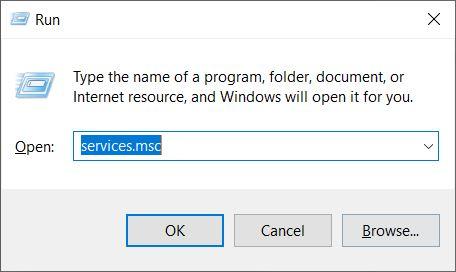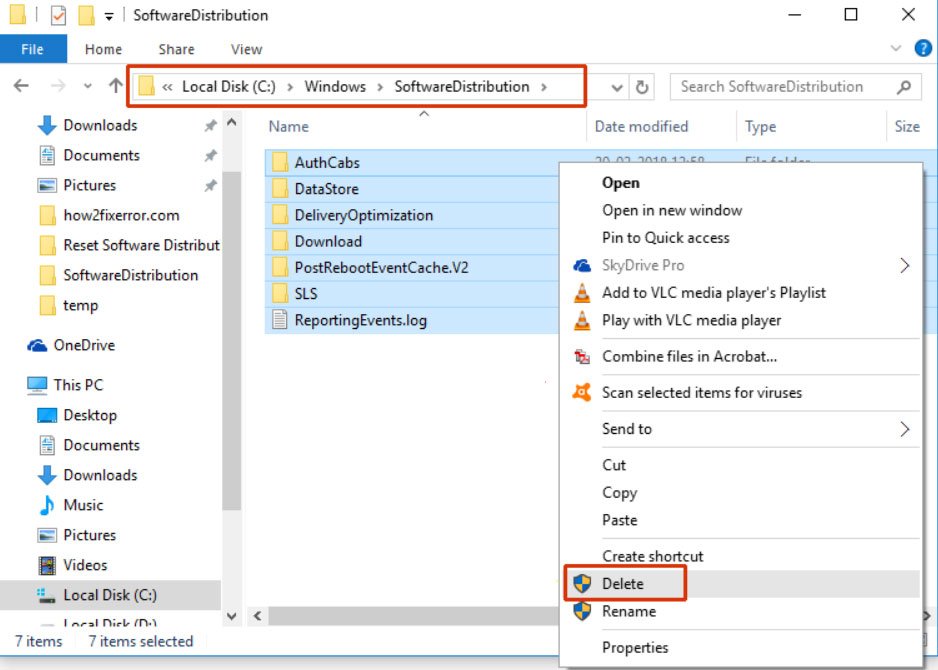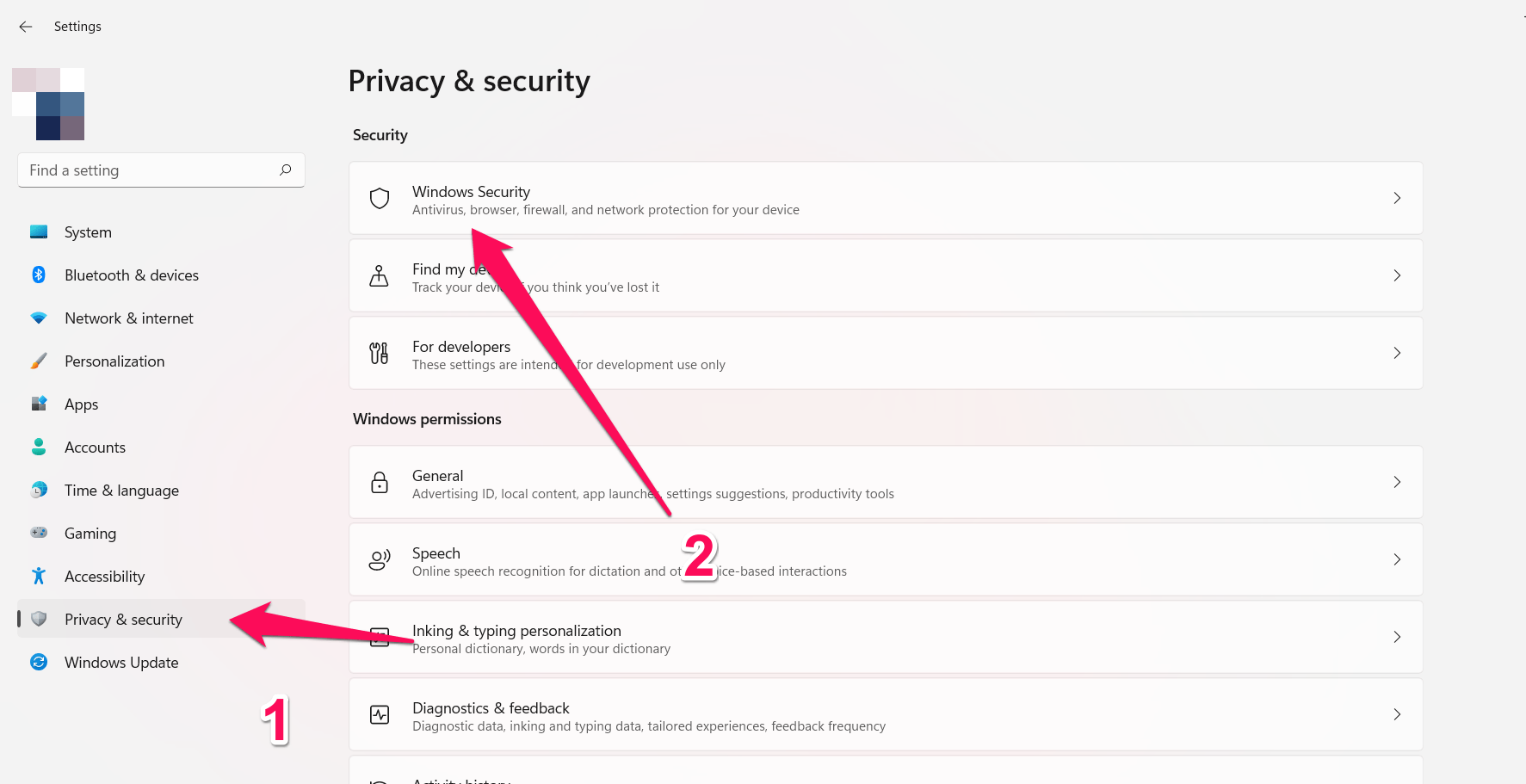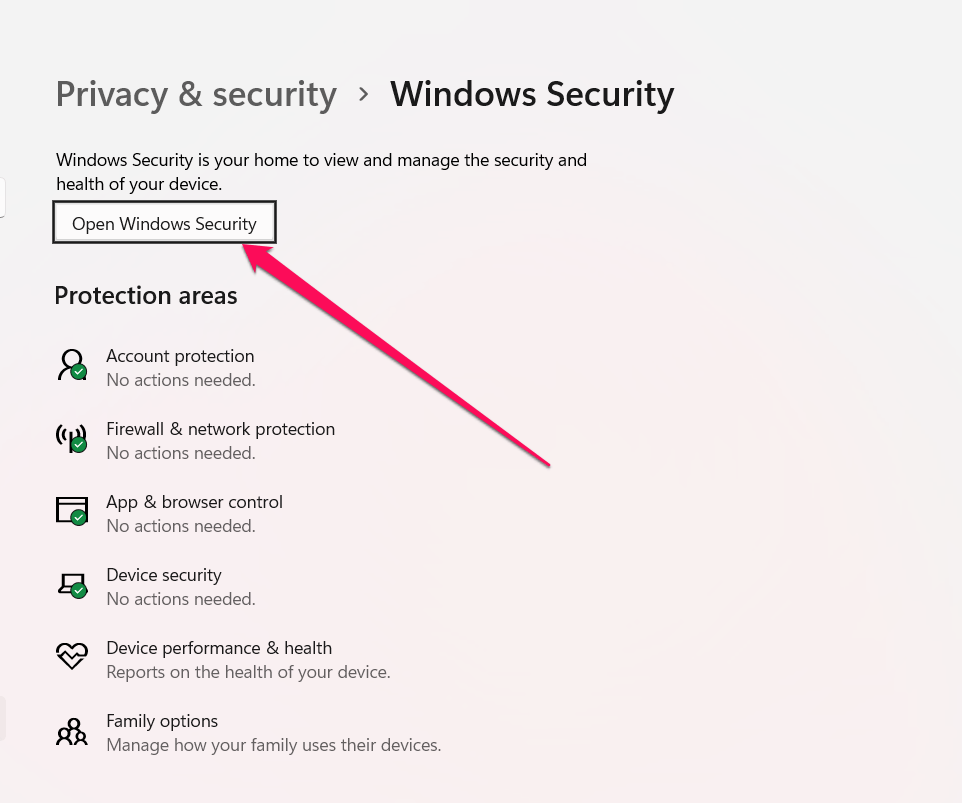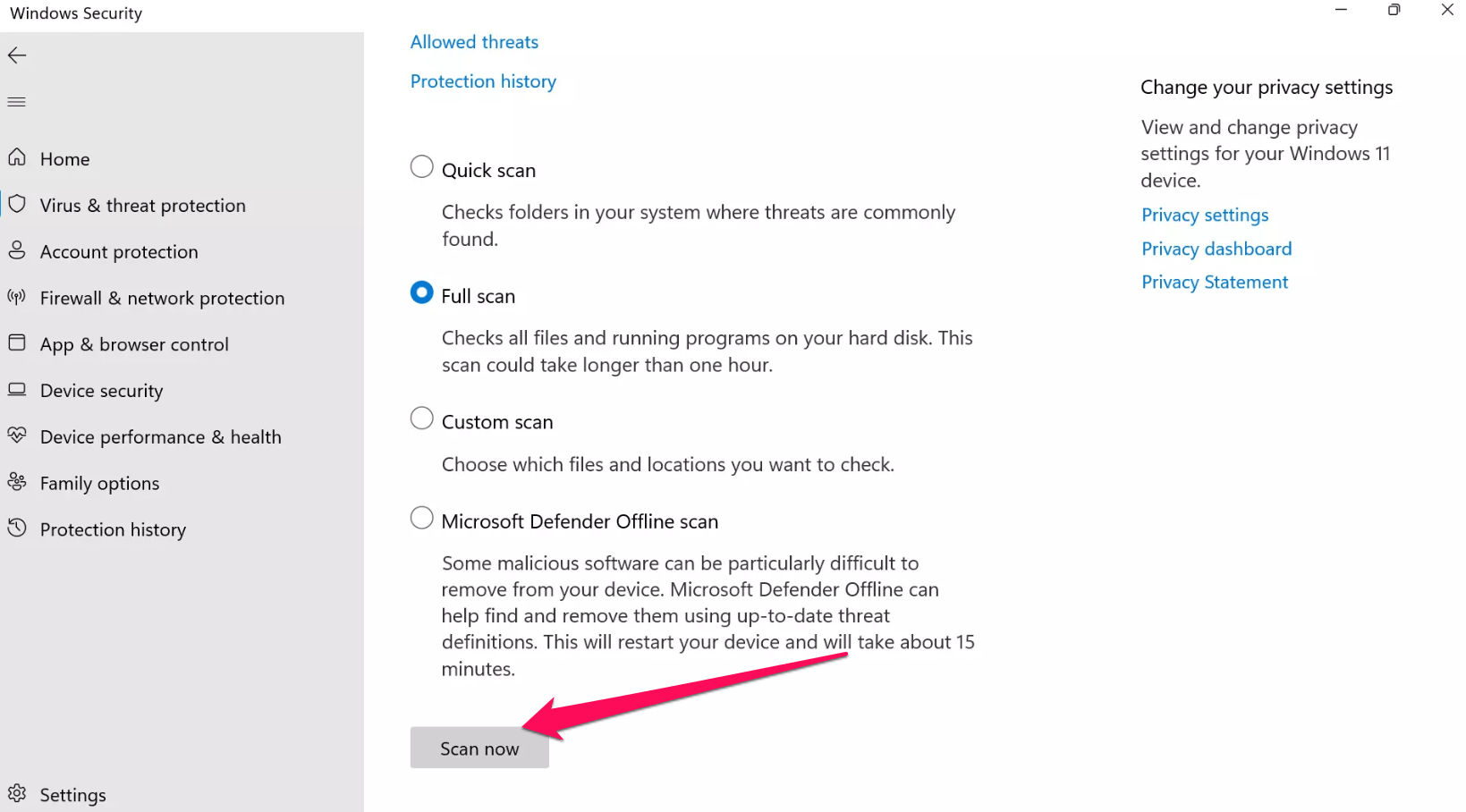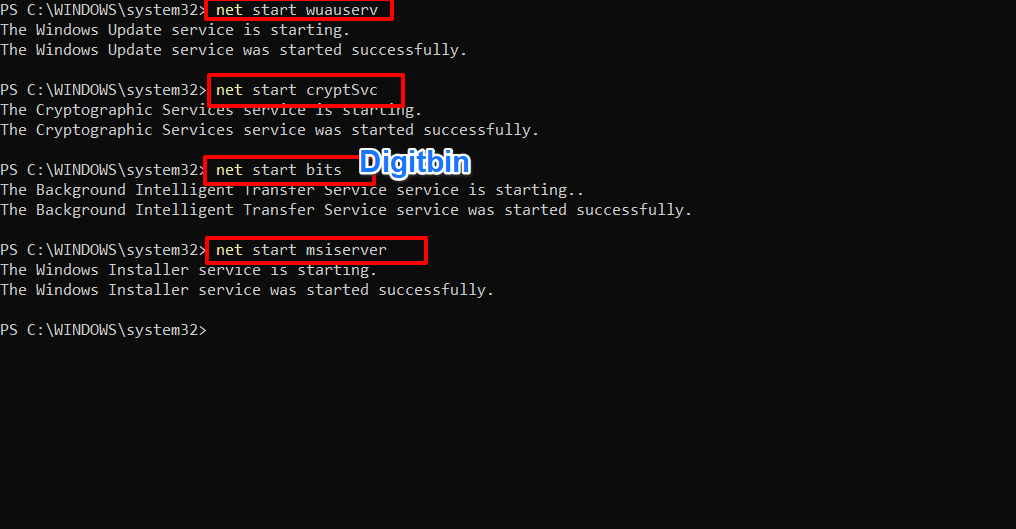Understanding the 0xFFFFFFFF error
Windows update errors such as 0xFFFFFFFF can occur when you attempt to install an update. A corrupted Windows update file, an outdated driver, or a problem with the Windows update service often causes this error. There are several symptoms you may experience when you encounter the 0xFFFFFF error:
There is a possibility that the Windows update process will freeze or fail.Error message 0xFFFFFFFF may appear during the Windows update process.The Windows update process may take longer than usual, depending on your system.
What Are The Causes of the 0xFFFFFFFF error?
The 0xFFFFFF error can occur for a variety of reasons. Some of the most common causes are listed below:
Corrupted Windows update files: Missing or corrupted update files can prevent an update from being successful.Outdated drivers: Old drivers can cause compatibility problems with Windows update, resulting in the 0xFFFFFF error.Windows update service issues: There can be problems with the Windows update service, preventing a successful update process.Malware or virus infections: There are many reasons why the 0xFFFFFFFF error occurs, including infection with malware or viruses.
Top Ways to Fix Windows Update Error 0xFFFFFFFF
The following are some solutions you can try to fix the 0xFFFFFFFF error:
Fix 1: Restart Your Computer
You can fix many computer problems by restarting your computer. This is a very easy and powerful way to fix many software and hardware issues. Your computer is restarted when you shut down and then restart the operating system. This allows all the programs on your computer to start fresh and potentially fix any issues that may have caused problems. Follow these steps to restart your computer:
Fix 2: Run the Windows Update Troubleshooter
With Windows Update troubleshooter, you can automatically detect and fix a wide variety of common problems with the update process. This tool may help fix failed Windows updates, error messages, or stuck updates. Here’s how to run the Windows Update troubleshooter: A message will appear after the troubleshooter has finished troubleshooting, stating whether any issues were discovered and whether they have been resolved. Check whether the issue with Windows Update has been resolved if any issues were found and fixed.
Fix 3: Delete the Software Distribution Folder
The system can store temporary files and data related to Windows Updates in the Software Distribution folder on your computer. In some cases, these temporary files can become corrupt or damaged, resulting in failed installations or errors with Windows Update. When you delete the Software Distribution folder, Windows Update will recreate the folder and its contents, thereby resolving these issues. Here’s how to delete the Software Distribution folder:
Fix 4: Update Your Drivers
Keeping your drivers up-to-date is another important step in troubleshooting Windows Update issues. It is recommended that you update your drivers regularly to ensure that your hardware devices work with the latest Windows updates. You can update your drivers in Windows 10 by following these steps:
Fix 5: Scan Your Computer For Malware
You may encounter problems with Windows Update if you have malware such as viruses, spyware, or other types of malicious software on your computer. There are several types of malware that can go undetected by traditional antivirus software, causing your computer to perform poorly. Here’s how to scan your computer for malware using Windows Security (formerly Windows Defender) in Windows 10:
Fix 6: Reset the Windows Update Components
In more complex Windows Update issues, resetting the Windows Update components can help you fixing this problem. Follow these steps if none of the above solutions work: That’s it with this simple guide, you can fix 0xFFFFFFFF Windows Error. If you’ve any thoughts on 0xFFFFFFFF: Top 6 Ways to Fix Windows Error, then feel free to drop in below comment box. Also, please subscribe to our DigitBin YouTube channel for videos tutorials. Cheers!
